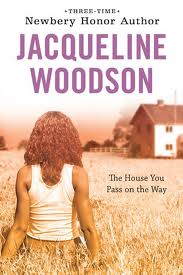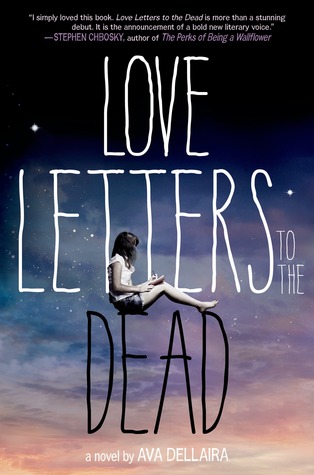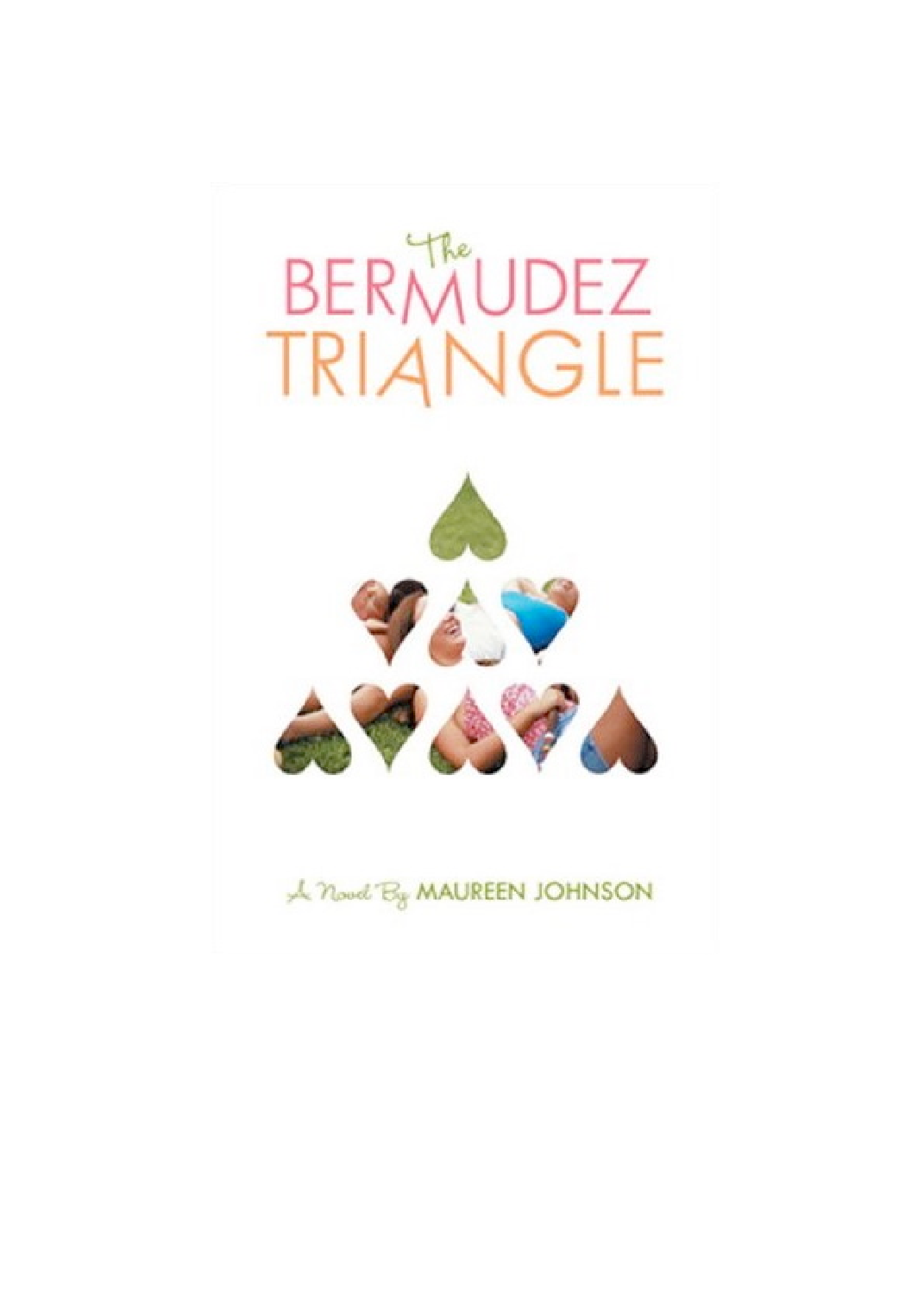In high school, Fat Angie has never been addressed by just her first name. The “Fat” title has become a part of her, and as she repeats freshman year, it seems like she will never escape the critiques on her appearance. It is not just her classmates who name Angie resident fat girl ofRead More
Ashley reviews Forgive Me If I’ve Told You This Before by Karelia Stetz-Waters
Forgive me if I am entirely naïve, but before reading this book, I did not give much thought to the fact that Oregon was once cruel and unwelcoming to its lesbian and gay residents. In 1989, however, Triinu is living in a town set on passing Ballot Measure 9, and it seems like more residentsRead More
Ashley’s Most-Anticipated Queer YA Books of 2015
Happy 2015, Lesbrary readers! Malinda Lo recently discovered that 2014 was a groundbreaking year for LGBT YA in the publishing world, and the list below is just a small glimpse into the greatness that is to come this year. Here are some of the books I’m most looking forward to reading (and perhaps reviewing!) inRead More
Ashley reviews Tell Me Again How a Crush Should Feel by Sara Farizan
Sara Farizan’s second novel, Tell Me Again How a Crush Should Feel, is a genuinely sweet story of high school queerness. It can definitely be categorized as a “quick read” – but perhaps that is just because once I started reading, I never wanted to put it down. The story revolves around Leila, an IranianRead More
Ashley reviews The House You Pass on the Way by Jacqueline Woodson
The House You Pass on the Way is truly the epitome of a short and sweet book. In it, Jacqueline Woodson masterfully conjures a vivid picture of life in rural South Carolina, shedding light on the complexities of growing up as a mixed-race queer girl in barely 100 pages. Evangeline, who dubs herself Staggerlee atRead More
Ashley reviews Hard Love by Ellen Wittlinger
I first read Hard Love in 8th grade, about ten years before I figured out I was a lesbian. Later, I decided my fascination with this novel should have been a clue that I was gay—the bashful curiosity that caused me to shut myself in my bedroom and tear through this book in just aRead More
Ashley reviews Girls I’ve Run Away With by Rhiannon Argo
Rhiannon Argo’s Girls I’ve Run Away With has been on my “To Read” list since Autostraddle mentioned it in their “Read a F*cking Book” column last October. After diving into the world of sixteen-year-old skater girl Lo, I can easily see why it was recommended so highly. Argo’s novel was a stark contrast to someRead More
Ashley reviews Everything Leads to You by Nina LaCour
I heard a lot about this book before its release in May, so I made sure to place my hold on it as early as possible and eagerly anticipated its arrival. Having not read Hold Still or The Disenchantments, I was not sure what to expect from Nina LaCour – but I’m happy to say that Everything Leads toRead More
Ashley reviews Love Letters to the Dead by Ava Dellaira
In the interest of full disclosure, I should probably tell you that Love Letters to the Dead is not exactly a lesbian book – the main character, Laurel, is definitely interested in boys. But despite its casting of a straight protagonist, Love Letters is a beautiful example of how to write a pair of lady-loving secondary characters, something thatRead More
Ashley reviews The Bermudez Triangle by Maureen Johnson
Nina, Mel and Avery have been inseparable for as long as they can remember — until Nina decides to attend a leadership program at Stanford the summer before her senior year of high school. Mel, who knows she is a lesbian but has never spoken it aloud, plans to spend her summer working alongside AveryRead More




